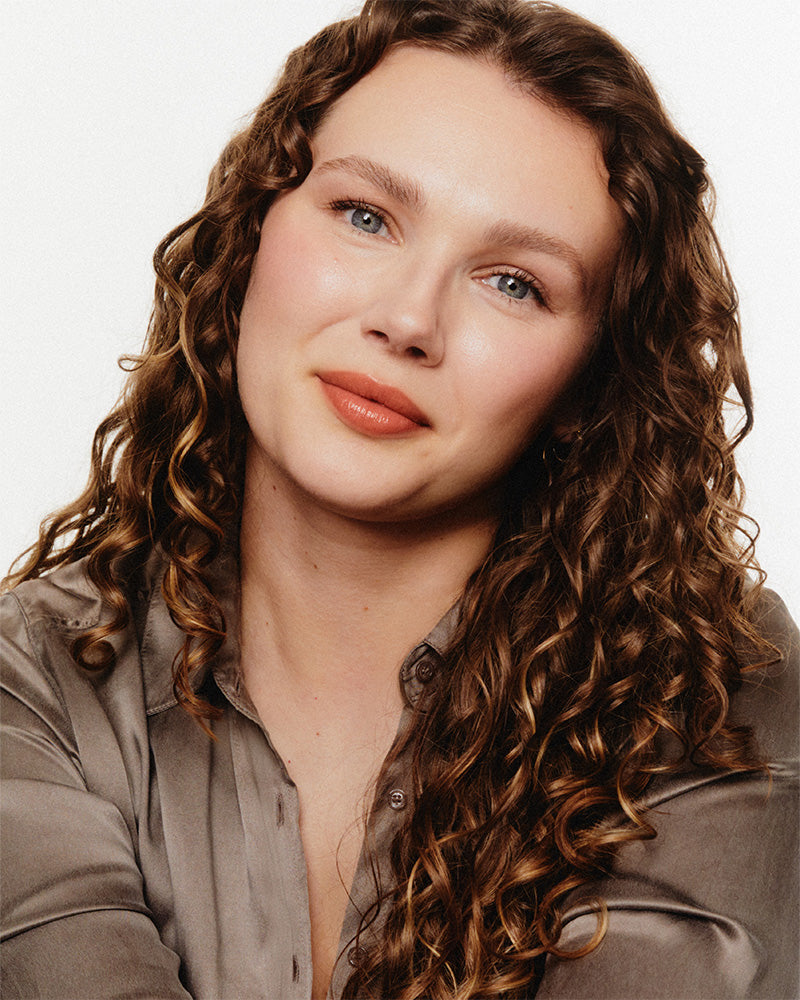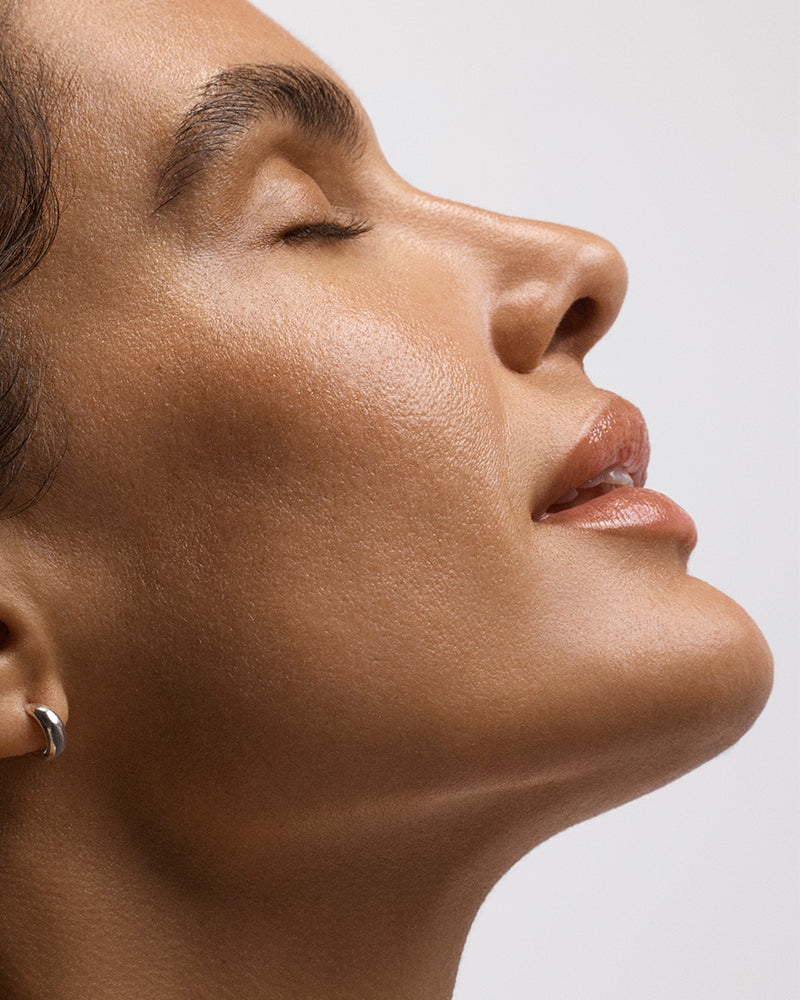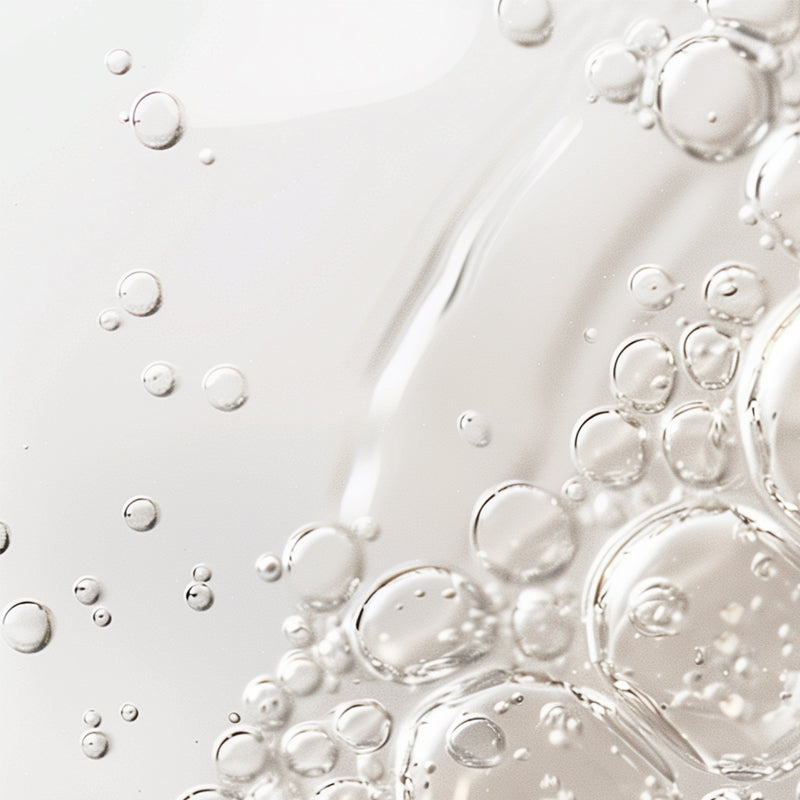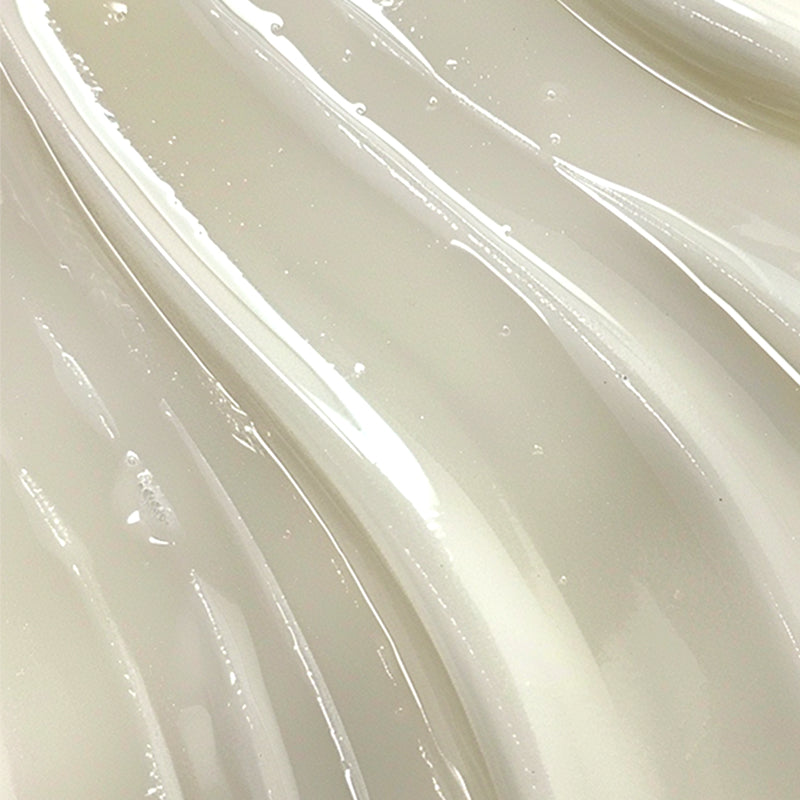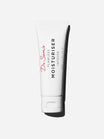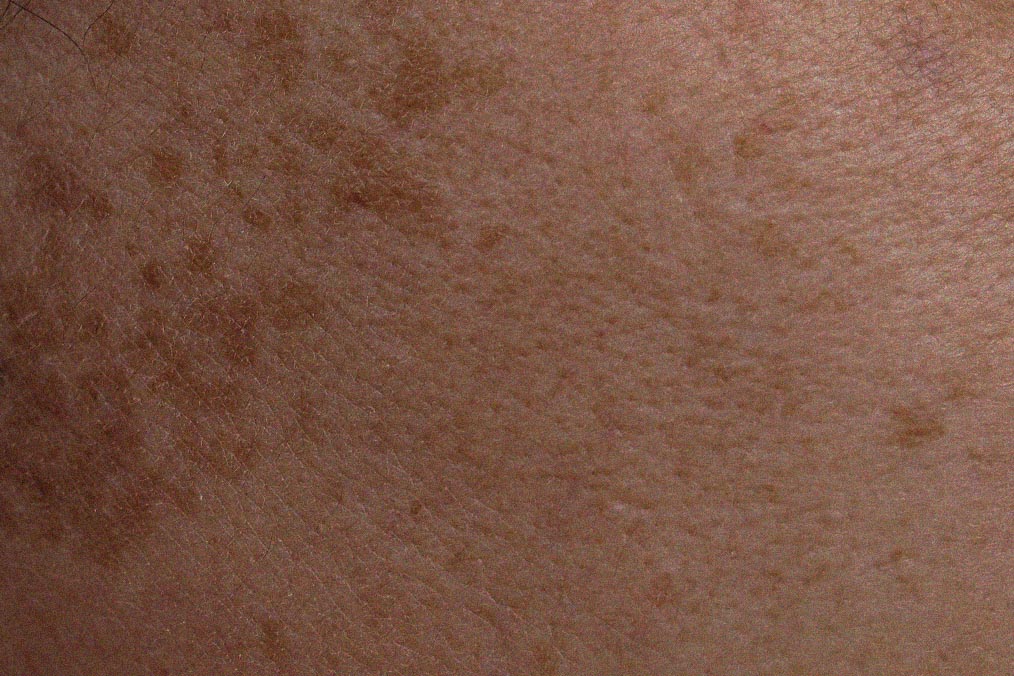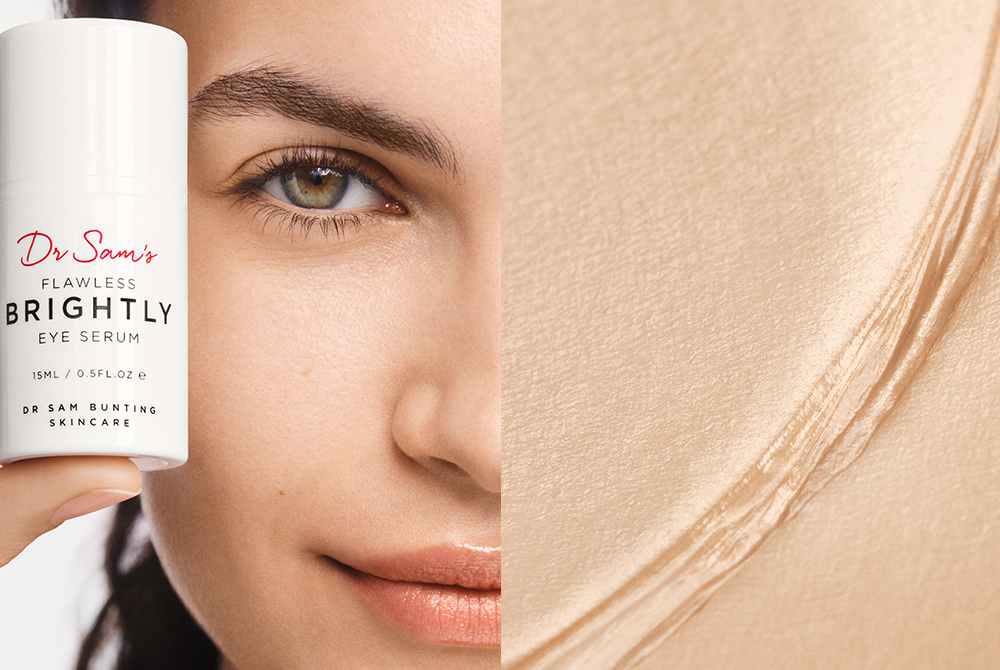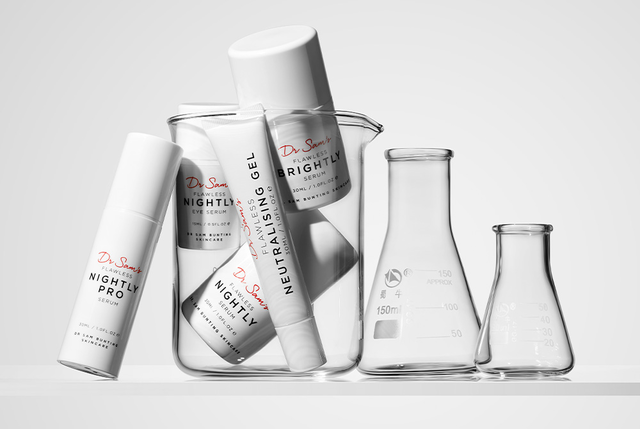What’s The Big Deal with Visible Light?
We protect ourselves from the UV rays in sunlight using sunscreens to prevent sunburn and premature ageing and skin cancer. But this represents only 10% of the sun’s rays. And as much as 44% of the sun’s rays are visible light. So the big question is how important are they?
What are the effects of Visible Light?
Skin cells are sensitive to visible light too and this may well be compounded by the combined interaction with UV rays for a double whammy assault. High energy blue light with a wavelength of 450nm is thought to play a key role.
Exposure to visible light seems to trigger darker and more persistent pigmentation than UVA1. It stimulates the production of Opsin 3 which activates enzymes responsible for melanin production which leads to the development of protein complexes in darker skinned individuals that turns on the melanin factory.
Can computer light damage your skin?
The good news is that the energy of the 420-490nm VL emitted by screens and phones is a fraction of that emitted by the sun - in fact, it’s between 100-1000th of the strength.
Many of my melasma patients ask whether or not I think that screen time is relevant to their condition, in view of the role we know solar VL can play. Reassuringly, a small study performed on melasma sufferers showed no worsening of their condition following exposure to the equivalent of 8 hours screen time daily for 5 days.
How do you protect yourself from Visible Light?
I think the most successful defence we have is found from Iron Oxides. These inorganic filters are used to tint cosmetics and sunscreens. Broad spectrum sunscreen with VL protection performs significantly better than those with just UV filters at preventing melasma relapse. How necessary is this to those without melasma? I think there’s an argument for it in those with darker skin-tones troubled by other forms of hyperpigmentation. Sunscreen with an Iron Oxide of 3% or higher offers around a 20-fold visible light protection factor, and it will offer some additional UVA1 protection too.
There may also be some VL protection offered by oral supplementation. Polypodium leucotomos is an extract from a tropical fern found in Central America that has an array of benefits when taken orally due to its rich polyphenol composition. This allows it to reduce the free radicals generated by both UV and potentially VL radiation. In a study in melasma sufferers comparing a group that took Polypodium leucotomos alongside 4% Hydroquinone and broad spectrum sunscreen against a group with just 4% Hydroquinone and broad spectrum sunscreen, the PL group did better at both 8 weeks and 12 weeks. It’s accepted that PL offers protection against UVB rays but this study suggests additional benefits which may relate to its anti-inflammatory properties and ability to mitigate the effects of VL.
Conclusion
Given how great the desire for an even-toned complexion, its very welcome to discover new adjuvant treatments to help us with the quest. Visible light is unlikely to rival UV for the position of most important skin aggressor but it does have a role to play in hyperpigmentation, especially for those with melasma and I expect we’ll see more interest in this space with formulations to come.

